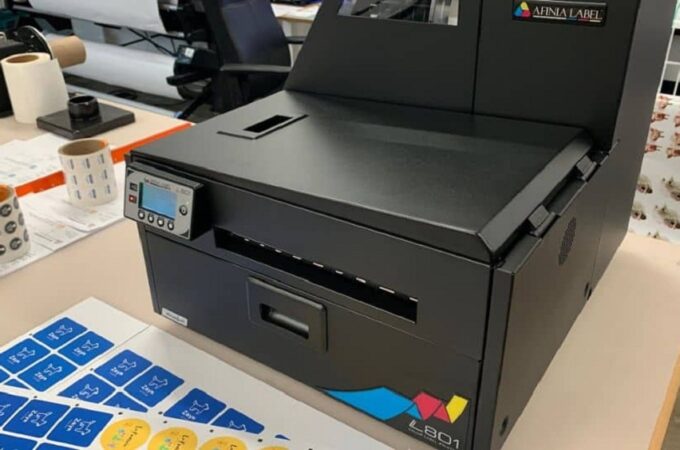
16-Year-Old Mumbai Student Designs AI-Powered Vaccine Against Deadly Lassa Fever
Lassa fever is a deadly viral hemorrhagic disease endemic to West Africa, infecting an estimated 100,000 to 300,000 people annually and causing mortality rates of up to 30% in hospitalized cases. It spreads primarily through exposure to rodents carrying the virus, but human-to-human transmission has also been documented, especially in healthcare settings with limited infection control. Despite its devastating impact and repeated outbreaks, there is still no licensed vaccine available—a gap that leaves millions vulnerable.
For 16-year-old Rhea Agrawal, a student from Mumbai, this urgent public health crisis became the focus of her research during the YRI Fellowship. Rather than waiting until college or graduate school to contribute, Rhea decided to act now. Her project pioneered a computational vaccine design framework that could accelerate the global search for a Lassa fever vaccine. Using immunoinformatics and AI-driven tools, she developed a multi-epitope subunit vaccine designed to trigger strong immune responses while minimizing allergenic risk.
Her methodology began with an in-depth analysis of the Lassa virus’s glycoprotein precursor and nucleoprotein—two viral components critical for infection and immune recognition. By examining these proteins, Rhea identified the most promising B-cell and T-cell epitopes—the small fragments of viral proteins that the immune system recognizes and attacks. These epitopes formed the building blocks of her vaccine design.
Once identified, Rhea assembled them into a chimeric vaccine construct, connecting epitopes with molecular linkers to preserve their integrity and adding an immune-boosting adjuvant to enhance the body’s defensive response. The design was then validated through multiple computational techniques, each serving as a checkpoint to ensure stability, safety, and effectiveness:
- 3D modeling of the vaccine’s structure to confirm molecular stability.
- Molecular docking simulations, showing strong binding interactions with toll-like receptors (TLRs)—a critical step for activating the innate immune system.
- Immune simulations, predicting robust adaptive responses, which are essential for long-term protection against viral infections.
Together, these results indicated that her designed vaccine construct had strong potential as a safe, effective candidate for further development.
“What makes this approach powerful is the speed and safety of computational design,” Rhea explained. “It allows us to create promising candidates in weeks instead of years.” Her words highlight the fundamental advantage of AI-driven vaccine design: researchers can rapidly narrow down options, eliminating weaker candidates before moving into costly and time-intensive laboratory testing.
While laboratory and clinical validation are still required before such a vaccine could ever reach patients, Rhea’s project underscores the growing role of AI in global vaccine development. Traditional vaccine research often takes more than a decade, from discovery through regulatory approval. Computational tools, however, can dramatically shorten the early stages of that timeline, accelerating the path from idea to prototype. In diseases like Lassa fever—where outbreaks can flare suddenly and spread quickly—this kind of acceleration could be lifesaving.
Her project also reflects the unique mission of the YRI Fellowship: empowering students to contribute meaningfully to solving urgent global health crises. By providing PhD-level mentorship, rigorous accountability structures, and a community of peers equally ambitious, YRI equips students not only to learn science but to do science. For Rhea, this meant moving beyond theory into the creation of a reproducible, computationally validated vaccine design framework.
The broader significance of her work lies in its scalability. The same computational pipeline she used for Lassa fever could be applied to other emerging infectious diseases, from Ebola to Nipah virus, or even to future pandemics. By blending modern computational biology with global health priorities, Rhea’s work points toward a future where vaccines are designed not only faster but also smarter.
For Rhea, the project was about more than algorithms and protein models. It was about using her skills to make a difference in the world. “I’ve always been passionate about global health,” she said. “When I saw how computational methods could help fight neglected diseases like Lassa fever, I knew I had to take it on.” Her determination echoes the Fellowship’s belief that age should never be a barrier to contribution.
By demonstrating that high school students can contribute to translational science, Rhea’s work inspires a new vision of what youth-led research can achieve. It also sends a message to the global scientific community: the next generation of innovators is already here, and they are ready to tackle humanity’s toughest challenges.
Learn more about how the YRI Fellowship empowers students like Rhea to take on global health crises and shape the future of medicine at yriscience.com.





